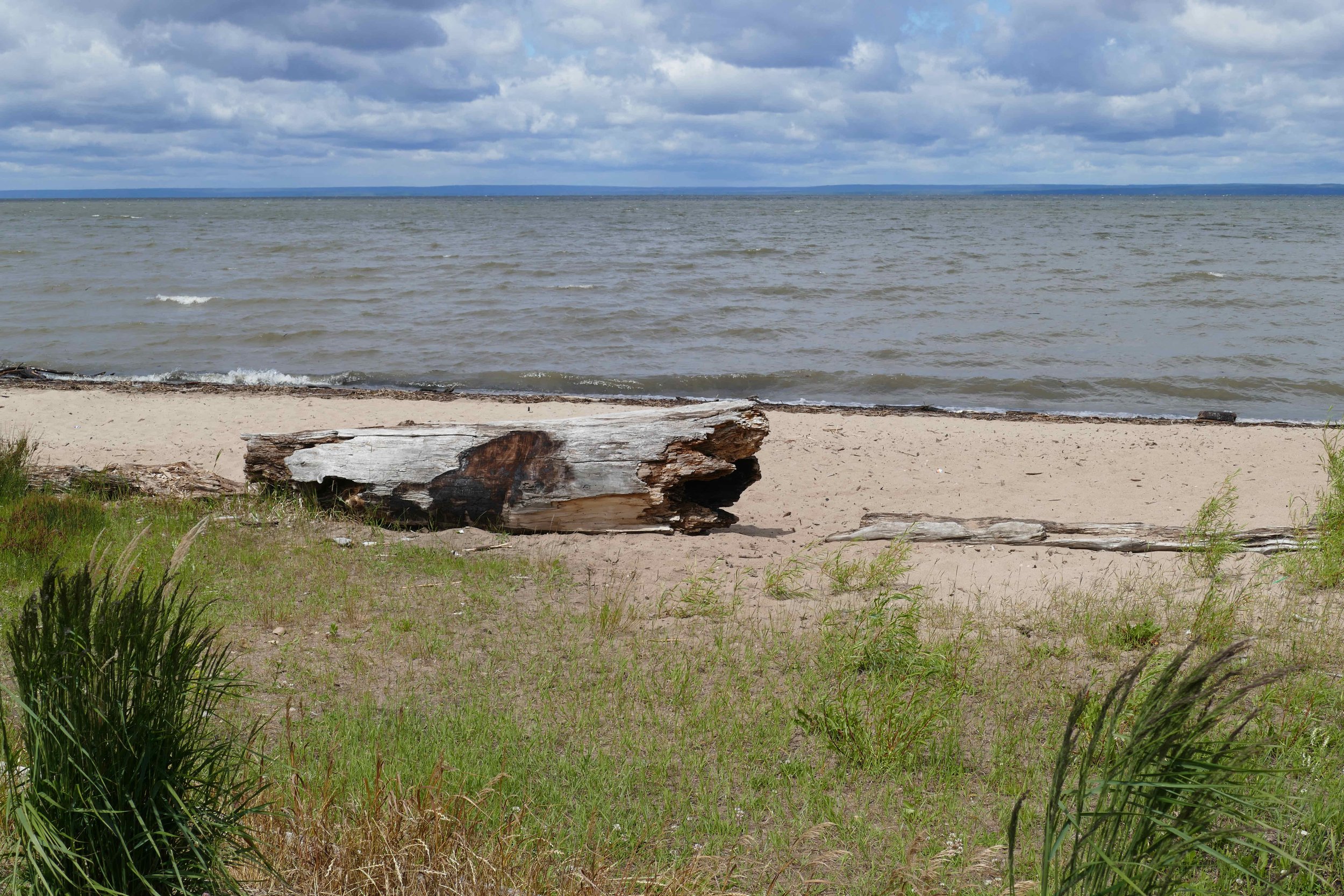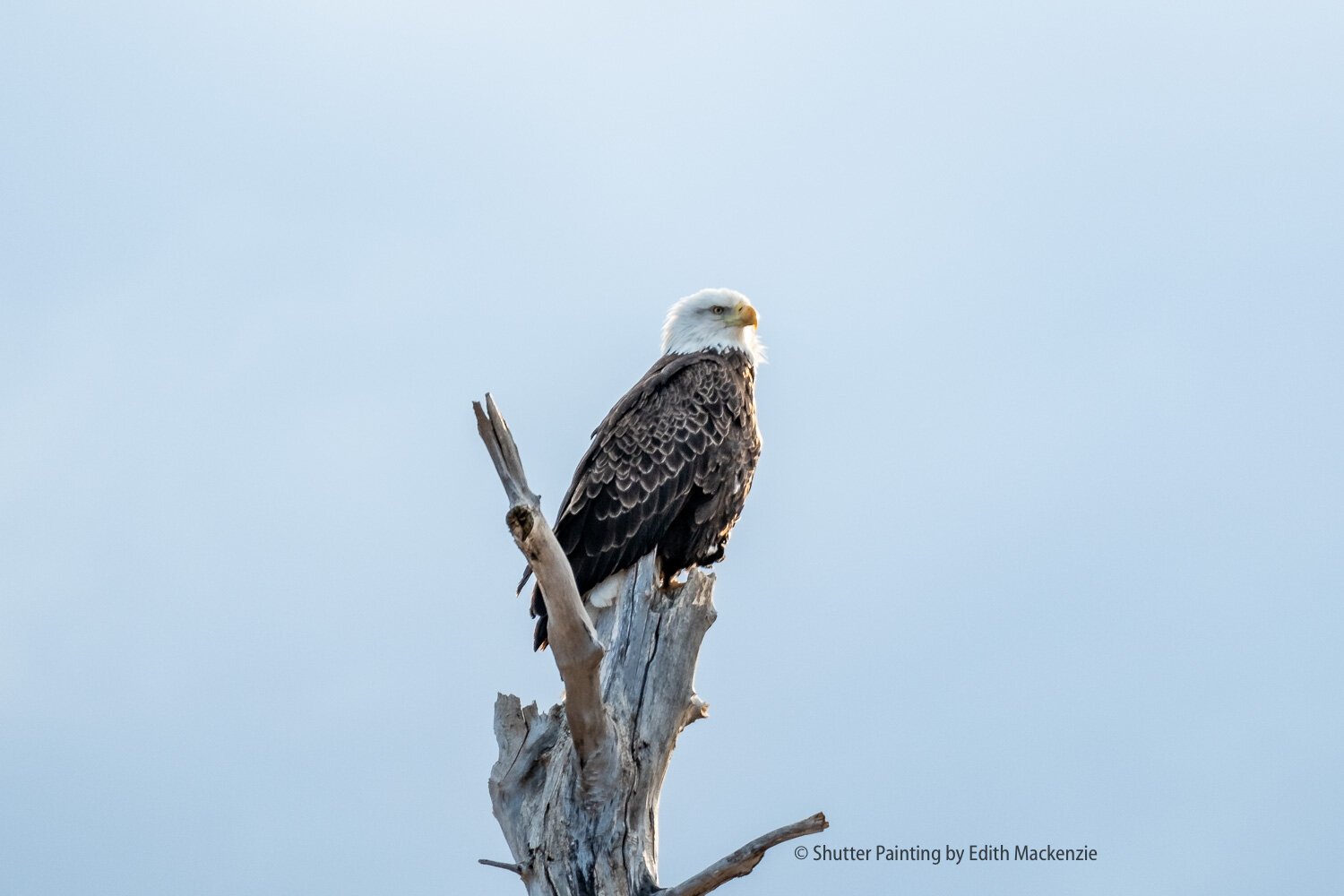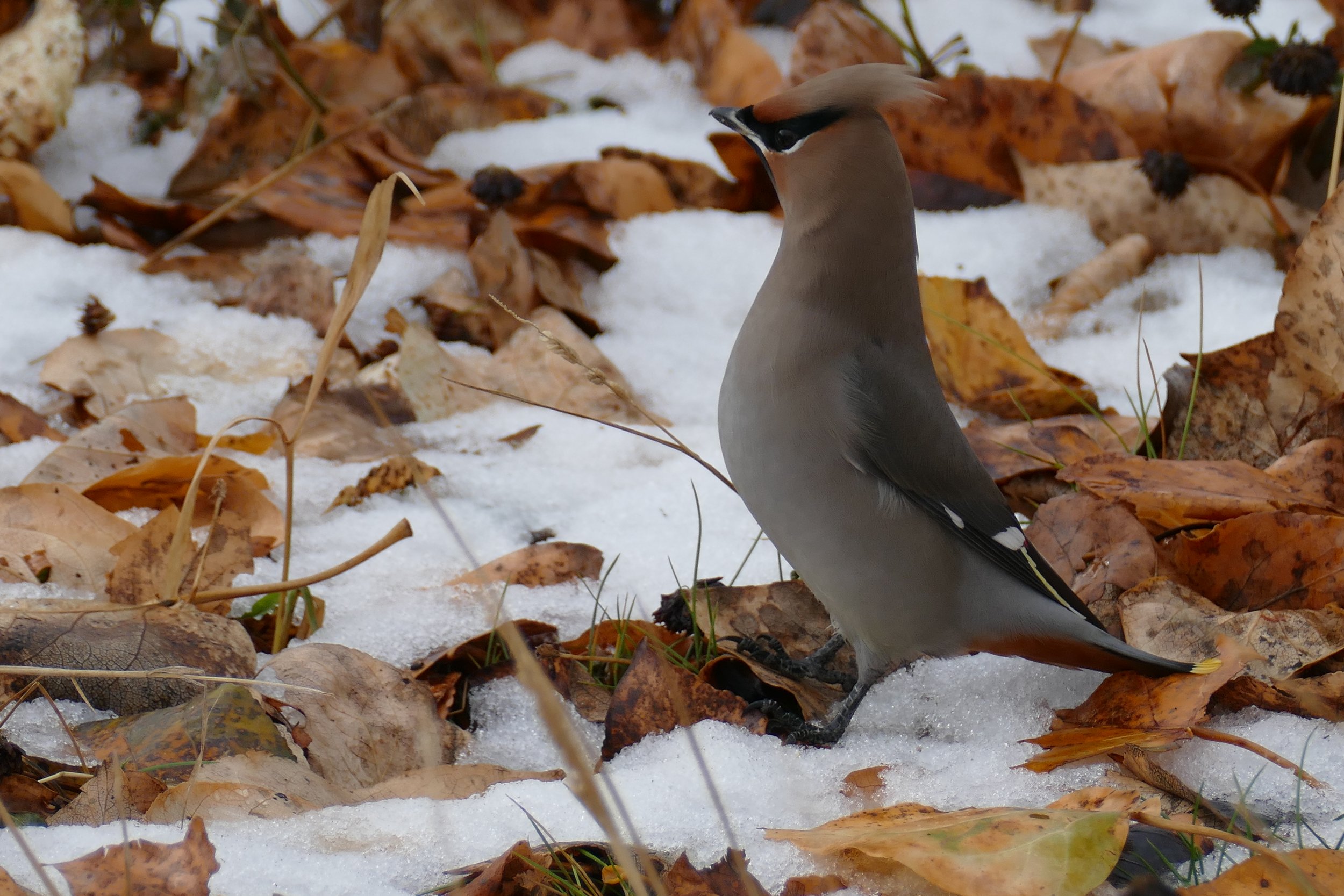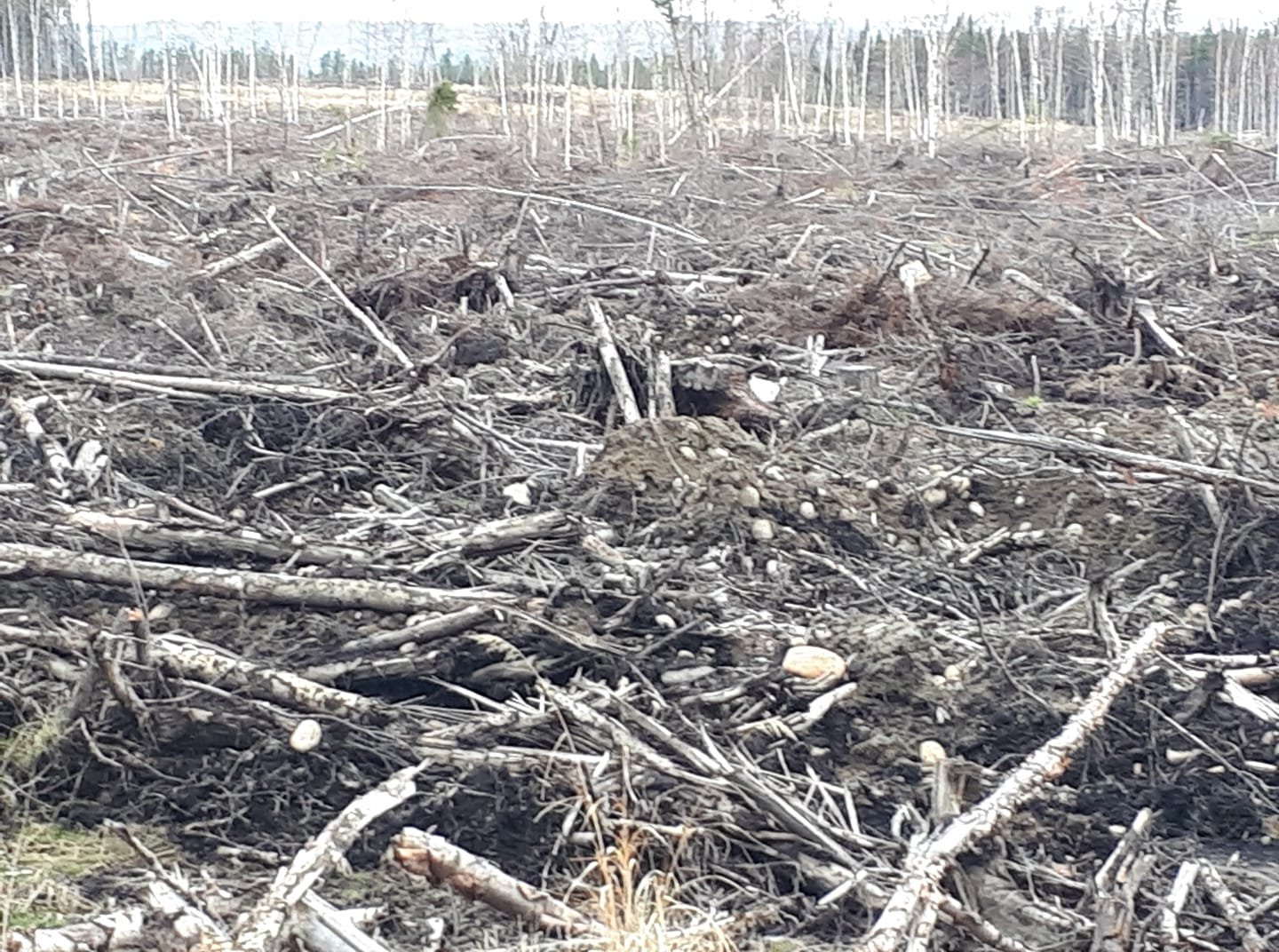
Advice from late Elder Alphonse Lucas Cardinal of Saddle Lake:
“Elders have said that the forest will grow after being harvested using current harvest practices but will not be in the same form as normal. After the second harvest, if the techniques used are the same as today, the forest will no longer regenerate.“
The effects that current forest management practices are having on the environment, biodiversity, and sustainability are extensive, negative, and robust. In 2006, REAC presented our concerns to the Slave Lake Forest Public Advisory Committee, and worked with the SLFPAC over a period of 2 years to hear scientists and experts regarding these concerns. After all this work, the SLFPAC wrote to us, declining to change anything.
In 2019 at the request of ForCorps, a third party consultant now working on behalf of forest companies around the Lesser Slave Lake, REAC once again presented our concerns about the unsustainable practices that continue to occur. We submitted a VOIT document as requested, and the response from ForCorps is insufficient, made no reference to changing any methods in harvesting, and in many places, point us back to the Government of Alberta.
We have attached our filled VOITs (values, objectives, indicators, and targets), highlighting our specific concerns.

Concerns Expressed to REAC:
COMPACTION
Concerns around compaction relate to heavy equipment use and road building. It is felt that the soil disturbance caused by these activities will prevent timely forest regeneration, especially of moss species used as forage by ungulates.
HERBICIDE USE
Herbicide use in forest regeneration has a large variety of concerns attached to it, including the following:
Putting toxic material into the environment on an ongoing basis is not good policy
Accumulation of toxics can affect wildlife; local reports on lack of rabbits
Herbicide use has proven difficult to manage (eg. ‘bald spots’)
Concerns relating to herbicide placed before a rain event and, a) not being effective in the required area, potentially provoking reapplication, b) entering the watershed causing stress on aquatic organisms
Cumulative effects of widespread herbicide use with other human activities can provide an overload of stress for ecosystems and forest regeneration.
BLOW DOWN
With the current ‘emulation of a fire’ style of harvesting, blow down is still as much of a factor as with clearcutting. Standing trees on the periphery of a cut which are blow down destroy the original planning and create ever larger barren areas.
WASTE
The figure we have for Canadian forest products wood waste during harvesting and processing is 75%. This includes roots, lumber left in the bush, boughs, bark and other mill waste (burnt). This is a very high percent and causes concern. Other countries (ex. Sweden) have a much lower percentage wood wasted. Burning wood left in the bush is felt to be an increasing risk of forest or ground fire, as well as wasteful.
ENDANGERED SPECIES
Concern exists that current forest harvesting practices do not protect endangered species. Locally, we are aware of the Slave Lake caribou herd in immediate danger of extirpation. If human activities including current forest harvesting practices were truly sustainable, we would not have endangered species. FMA’s speak of sustainable practices which must include all human activities in the area.
CLIMATE CHANGE
Concerns regarding climate change relate to these two aspects in a connected cycle, a) the effects of climate change on forest regeneration and, b) the effects of present day harvesting practices on climate change.
a) The effects of climate change (overall drying, warmer, more wind, increased UV rays) will have a detrimental effect on forest regeneration as it is now practiced. Seedling trees have increasing challenges surviving. Areas have been replanted many times before the new trees ‘took’ and began to grow. Some areas have not yet succeeded in attaining new growth.
b) Present day harvesting practices have the potential to hasten climate change, particularly if the increasing challenges to re-growth continue. The concept of removing portions of the forest and then re-growing it is increasingly risky.
REAC promotes selective cutting
This picture shows Bob Cameron on the landing where he stacked the wood he had cut from the bush behind him. This selective cut was performed in 1995, when SRD (Forestry) Personnel marked the allowable trees to be cut. The location is 15 minutes northeast of Valleyview. The following pictures are documents of a selective cut. In addition to the selective cut at this location, it has been and continues to be a grazing lease, as well as having several seismic crews pass through in the past 10 years.
This picture shows 2005 coniferous undergrowth naturally seeded and grown since the 1995 selective cut.
10 years worth of naturally seeded coniferous undergrowth
Selective cut is safe for the soil
Selective cut re-seeds itself
Coniferous growth on “the forest’s bank account”; un-disturbed rotting wood.
Selective cut protects endangered species
Orchids grow on un-disturbed 15 cm topsoil. An oilfield road being built just outside this selectively cut area showed exactly how thick the topsoil is here.
Selective cut stores more carbon
Bob is showing that the selective cut process leaves behind trees that will be merchantable in the future. When he accomplished his selective cut, this tree would have been too small to consider. In a clear-cut situation, likely the tree would likely have become ‘waste’, removed to a slash pile and burnt.
Selective growth protects the forest for generations to come
Dream a better future
In the case of this particular selective cut, the area could be considered ready for another pass already (after ten years)
Build a sustainable future
The tree on the left would have been a couple of years old at the time Bob made his selective cut.
Grow for future generations
Naturally occurring re-growth
The Benefits
This area, selectively harvested in 1995 had 40% of the timber removed at that time. Ten years later, we see that although no trees have been manually replanted, a new generation of understory is growing. The soil is intact allowing the continuation of mosses and other forage for wildlife. Moose and deer tracks and droppings abound, showing the forest being used continually by wildlife. Bob feels that another cut removing 40% of merchantable timber would be possible today, ten years later.
As previously stated in our request, selective harvest removes the need for herbicide use with its associated risks and problems, preserves topsoil from compaction, degradation or destruction, prevents blowdown, promotes necessary waste (wood rot for topsoil creation) only, and is proven to be able to re-grow the forest, independent of considerations such as climate change.
































